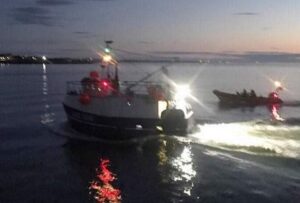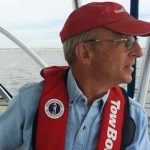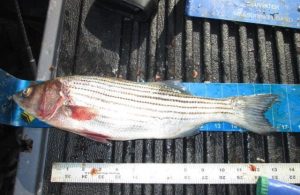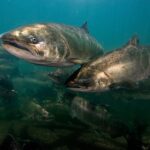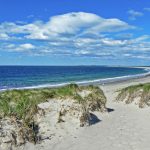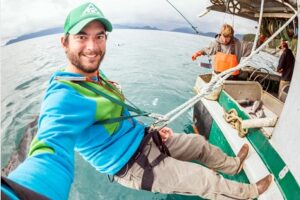Daily Archives: November 5, 2022
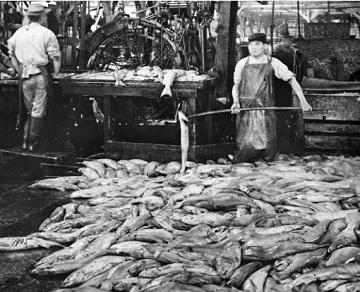
The Rise and Fall of Pacific American Fisheries: Fairhaven’s Historic Salmon Cannery
Before becoming part of Bellingham, Fairhaven grew up along railway lines. The town boomed with the region’s industries — fishing, lumber, and mining — into the 1870s, seeking the Northern Pacific Railway terminus. After the railway instead went to Tacoma, in 1873, multiple economic panics drove Fairhaven into a depression by the 1890s. However, Fairhaven soon found economic revitalization in what would become the largest salmon cannery in the world: Pacific American Fisheries. Whatcom County’s early settlers viewed the salmon crowding every stream as an almost inexhaustible resource. Fisheries would prepare salmon fresh, dried, salted, or smoked, but turned most into hog feed and fertilizer. Whatcom County had 11 large canneries by 1899, but many shuttered within years due to mismanagement. >click to read< 18:10
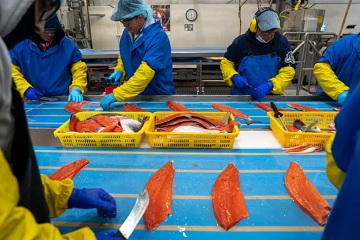
After record haul, Bristol Bay sockeye harvest forecast to drop next year
Alaska’s Bristol Bay sockeye salmon harvest is forecast to tumble next year to some 36.6 million fish, according to Alaska state Department of Fish and Game biologists. The downturn comes on the heels of a record 2022 haul of more than 60 million sockeye. The Bristol Bay region in Southwest Alaska sustains the world’s biggest sockeye runs and draws fishermen from Alaska, Washington and other states. The record 2022 harvest was 104% higher than the 20-year average, and these fish, as well as smaller numbers of other salmon, were collectively worth more than $351 million. The 2023 harvest, if the forecast is accurate,,, >click to read< 12:45
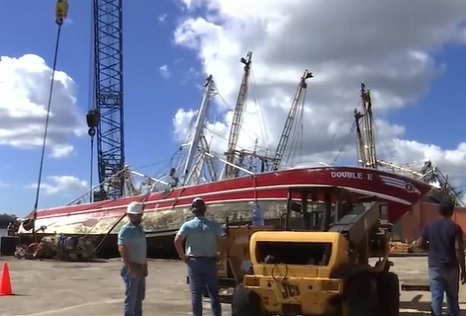
Removal of shrimp boats begins near Fort Myers Beach
It was a bittersweet moment for shrimpers who could finally see just how badly they were damaged. The first boat, the Double E, was finally lifted after being thrown onto its side during Hurricane Ian. Wayne Romano has worked on the Double E for 18 years. “It gives me promise that maybe soon we will be back to work,” Romano said. Seeing the boat like this is heartbreaking for him. And when he got onboard to get his clothes, it made him seasick for the first time in his life. “I only made it four foot inside that boat and I had to lay down because it throws, it throws your whole equilibrium off and everything,” Romano said. “It felt like the boat was going to flip over.” 2 Videos, >click to read< 10:22
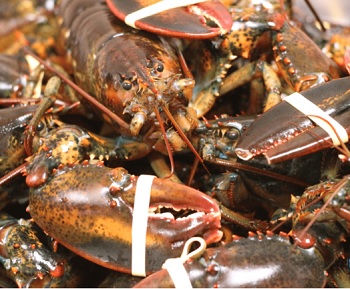
Canadian Lobster Industry Implements Elog JOBEL
Electronic logbooks (Elog) for fisheries are essential for the timely processing and analysis of capture declarations and the sustainable management of Canadian fisheries. Since 2018 in Québec, fishers using JOBEL have demonstrated their fishing activity is compliant with national and international requirements. In the Department of Fisheries and Oceans, fishers, harvesters and scientists now have the information required to evaluate the durability of the Québec lobster fishery. Lobster fishers and harvesters in the Gaspe area now provide the Marine Stewardship Council with accurate information impacting other species during the certification process for their spring fishery. >click to read< 09:41
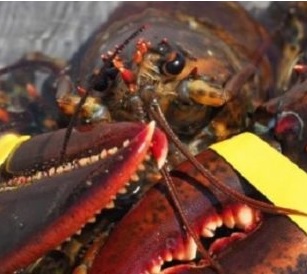
Maine to get $1.2 million for lobster gear research and communications tools
Maine’s lobster industry will benefit from $1.2 million in federal funding to study the potential impacts of new regulations on fishing gear. The money comes from the National Oceanic and Atmospheric Administration’s Sea Grant American Lobster Initiative. The Maine Department of Marine Resources will get $750,000 to test and evaluate lobster gear modifications that could be required under a proposal from NOAA to protect endangered right whales. Just over $400,000 will go to the Gulf of Maine Lobster Foundation to provide lobstermen with on-board computers, sensors and other technology to help them collect data and images. >click to read< 08:32

































